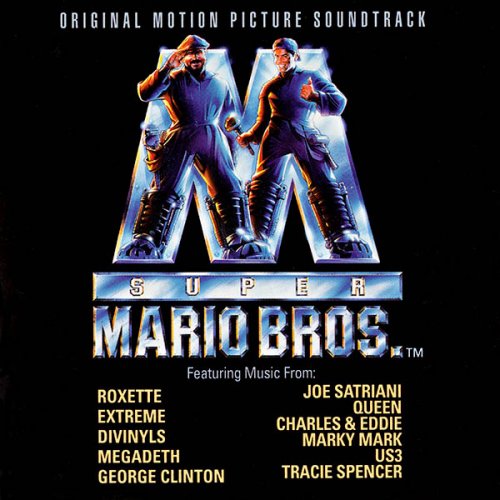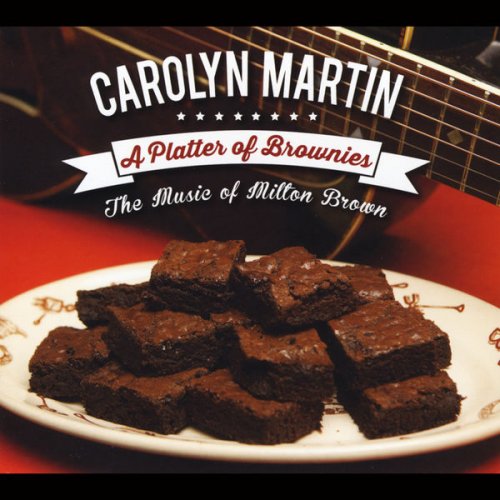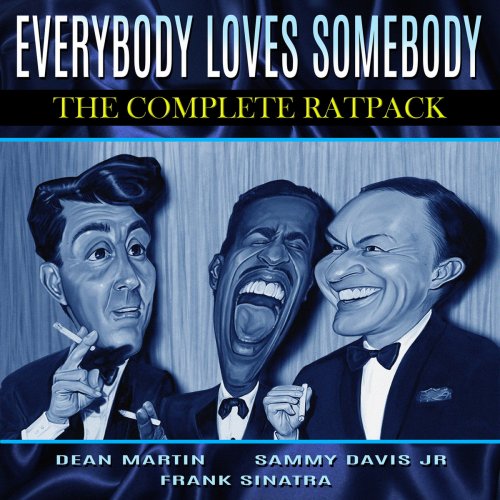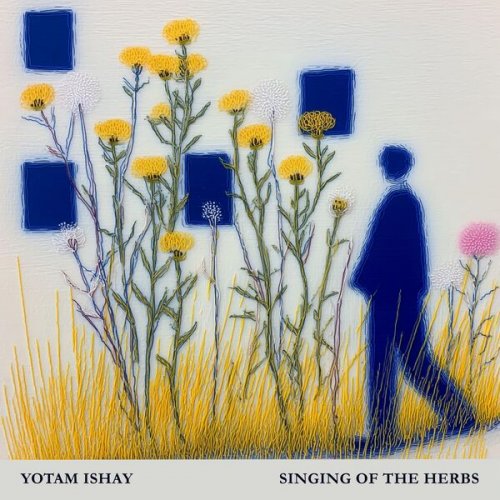Nikolaï Demidenko - Chopin: 4 Ballades & Sonata No. 3 (1993)
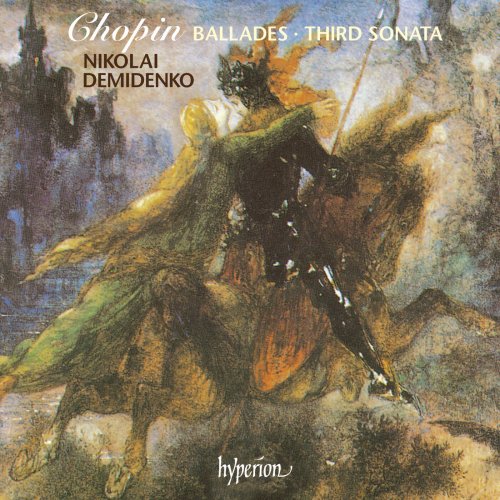
Artist: Nikolaï Demidenko
Title: Chopin: 4 Ballades & Sonata No. 3
Year Of Release: 1993
Label: Hyperion
Genre: Classical Piano
Quality: flac lossless (tracks) +Booklet
Total Time: 01:10:43
Total Size: 228 mb
WebSite: Album Preview
TracklistTitle: Chopin: 4 Ballades & Sonata No. 3
Year Of Release: 1993
Label: Hyperion
Genre: Classical Piano
Quality: flac lossless (tracks) +Booklet
Total Time: 01:10:43
Total Size: 228 mb
WebSite: Album Preview
01. Ballade No. 1 in G Minor, Op. 23
02. Ballade No. 2 in F Major, Op. 38
03. Ballade No. 3 in A-Flat Major, Op. 47
04. Ballade No. 4 in F Minor, Op. 52
05. Piano Sonata No. 3 in B Minor, Op. 58: I. Allegro maestoso
06. Piano Sonata No. 3 in B Minor, Op. 58: II. Scherzo. Molto vivace
07. Piano Sonata No. 3 in B Minor, Op. 58: III. Largo
08. Piano Sonata No. 3 in B Minor, Op. 58: IV. Finale. Presto non tanto
Of all the great nineteenth-century piano cycles none, perhaps, has generated more speculation or misunderstanding than the four Ballades Chopin completed in Paris between 1835 and 1842. Why? A quartet of individuals conceptually similar yet neither definably nor repetitively alike … a folio of inspirations self-contained and self-sufficient … hybrid fusions fashioned out of sonata and rondo, variation and fantasy … entities independent of destiny yet bound together by common ties of dynastic allegiance … freely imagined edificies, dramatic in voltage – this is what they are. Dreamlands of the phantasmagoric … or invocations of Mickiewicz poems (a rumour based on a far from specific remark of Schumann’s concerning the genesis of the second), salon soufflés … or lullabies of the boudoir – this is what they are not.
Dedicated to the Baron de Stockhausen, Hanoverian Ambassador to France, the first Ballade is now believed on stylistic grounds to have been composed in 1835/36 rather than in 1830/31, the traditional assumption. In one of his letters Schumann calls it ‘the most pleasing but not the cleverest’ of Chopin’s works, on another occasion praising it for its wildness and innovation. In his book on the composer (1900), James Huneker, an American whose love of language and the sound and rhythm of words made him at times more a fantasist than a factualist, believed its ‘dramatic fire and almost sensual expression’ to be like a ‘whirlwind’: ‘Unsexed by women and womanish men, it is a byword and a reproach. Little wonder that Liszt shuddered when asked to listen to [it] … the Odyssey of Chopin’s soul.’ If Romantic passion could be felt, it is such music that might make it so possible.
Contained, as Alan Rawsthorne has observed, within an archlike ‘form’ as creative in action ‘as the texture of the music itself’, the design of the whole is a six-part structure, flanked by a bardic introduction, Largo, and a cathartic coda, Presto con fuoco, unrelated in material.
A fusion of nocturne and étude, the second Ballade (1836–39), inscribed to Schumann (an exact contemporary), is a work famous for its dramatic contrasts of idea and tempo (a recurrent gondoliera-like barcarolle/siciliano refrain, Andantino sotto voce, ‘drawn from the people’s store-house of song’ (Niecks, 1888), offset by a turbulently imagined group of ideas, Presto con fuoco). And for its twentieth-century-like juxtaposition of keys (classic ‘pastorale’ F major against Mahlerian angst A minor): like the Op 31 Scherzo and Op 49 Fantasy, its ‘progressive’ key-scheme, pivotally related, clearly operates on two independent levels. It defies monotonal analysis. Architecturally, the whole falls into a powerfully cohesive unity: [Exposition] A–B–(A); Development (A); [Recapitulation] B; Coda (x + B + A) design. ‘If it’s “badly composed” (Busoni’s claim), then so is the C sharp minor Quartet of Beethoven’ (Rawsthorne). A unique, enigmatic declaration about neither a Mickiewicz lake (Huneker) nor wild flowers tossed by the wind (the ‘rustic maiden/knight’ scenario of Anton Rubinstein’s vision).
Conceptually a creation of almost Mendelssohnian allusion, a mercurial kaleidoscope of thoughts now here now gone, a scena coloured by images delicate and inflamed, private and public, the third Ballade (1840/41) belongs among Chopin’s happiest works. ‘Here all is brightness, gallantry and rhythmical movement. Darker episodes there are, but they soon pass’ (Arthur Hedley, 1947). ‘Most original’, believed Schumann: ‘The finely intellectual Pole, accustomed to move in the most courtly circles of the French capital, will be distinctly recognized.’ Its first public performance appears to have been at a society concert with the singer Pauline Viardot, given in Pleyel’s salon on 21 February 1842.
With the fourth Ballade (1842), dedicated to the Baroness Charlotte de Rothschild, ‘Chopin reaches his full stature as the unapproachable genius of the pianoforte, a master of rich and subtle harmony and, above all, a poet – one of those whose vision transcends the confines of nation and epoch, and whose mission it is to share with the world some of the beauty that is revealed to them alone’ (Hedley). One of the crowning glories of Chopin’s art.
Contemporary with the Op 55 Nocturnes, the Berceuse, Barcarolle and Polonaise-Fantasy, Sonata No 3 (August–December 1844) – the first great B minor sonata of the Romantic era – is an expansive testament as boldly forward-looking in spirit as anything in Chopin’s output. In its course, compositionally, he surpassed himself: he was never again to write a work of such stature, with such thematic integration or creative complexity. As Hedley remarks, it contains some of the finest music ever conceived for the modern piano: ‘Colour, grace, passion, reverie – all are here at the command of a composer who had reached the heights of his powers.’ Liszt copied it out, varying the finale. Brahms edited it for the Breitkopf Gesamtausgabe (1878–80). And Franz Brendel (not known for being a Chopin worshipper) hailed it unequivocally as ‘one of the most significant publications of the present’ (Neue Zeitschrift für Musik, 1845).
Its four movements – variously spanning worlds of experience vast in depth, eloquent in breadth, rich in jewelled song – embrace the proud, the mercurial, the hallowed, the volcanic. Their journey, from declamation to affirmation, from Romantic enchantment to that last ‘ride of an imaginary horseman, of a dream Mazeppa, galloping towards the horizon’ described by Cortot, is one to grip our imagination for all time. In resonance it is a sonata essentially German in tradition, but one with characteristically familiar Parisian/bel canto/Chopinesque nuances: the second subject of the first movement, for instance (Huneker’s ‘aubade, a nocturne of the morn’), the feathered delicacy of the Scherzo (‘vivacious, charming, light as a harebell in the soft breeze’ – for Cortot ‘the flight of a bird in the morning sky … a flutter of beating wings’), the mimosa moonshine of the Largo …
